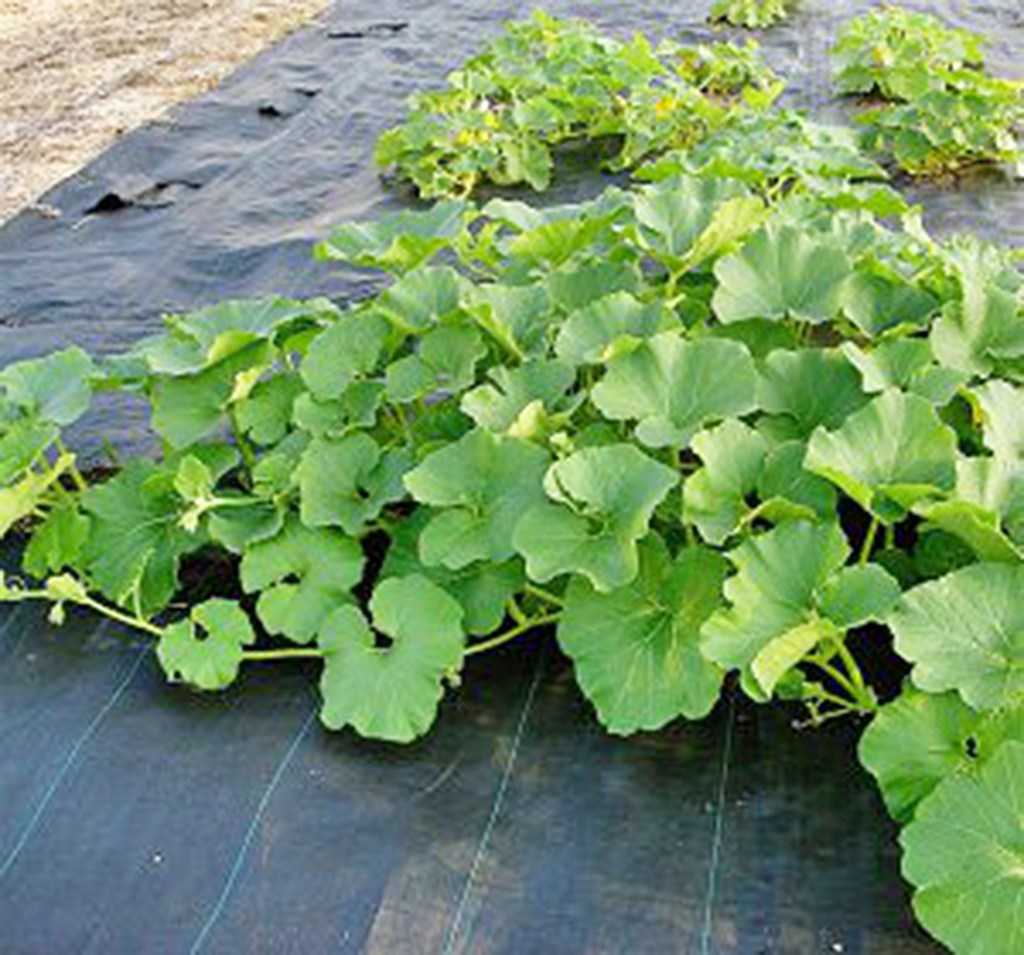ONE GARDENER TO ANOTHER: Growing melons isn’t difficult
Published 6:45 am Monday, June 4, 2018

- Melon plants
There are thousands of varieties of fruit on the market. I favor certain fruits for their culinary uses.
If I had to pick a pie, it would hands-down be apple. If I want to pair a fruit with chicken, it would be one of the citrus fruits or figs. However, for straight-up eating, give me melon.
I have fond memories of chomping into a huge slice of watermelon on the front steps of my childhood home, with juice dripping off my elbows and having seed-spitting contests with my brother.
Watermelon baskets used to be all the rage. They were gutted and filled with a mix of melons, grapes and berries. The cantaloupe balls were always the first thing on my fork.
Honeydew was the odd man out for a while. I became sold on it after attending a very swank party, where the melon was wrapped in prosciutto, an Italian dry-cured ham.
Melons are readily available at just about any store that sells produce. However, nothing compares to home-grown, and growing them isn’t hard to do. Success depends of three key factors — moisture, sunlight and heat.
Melons require two to three months of heat, something we have plenty of in Alabama. They need to be planted in full sun, receiving six or more hours of direct sunlight a day. They need a good supply of water; and they prefer a sandy loam soil with a pH of 6.0 to 6.5.
Melons require a lot of heat, and there are planting and maintenance measures you can do to help this process. Soil needs to be above 70 degrees before planting. Soil temps can be raised during spring by covering the growing area with a black tarp or landscape fabric. This allows one to get seeds in the ground sooner.
Planting on black landscape fabric has other advantages. It helps suppress weeds, which are difficult to remove between the vines, and maintains soil moisture. It also gives a place for the fruit to form that is off of the ground, which helps prevent fruit rot. Fruit, once formed, can also be placed on cardboard, mulch or an overturned pot saucer.
When preparing the site for planting, you will need a good deal of organic matter. A base of manure covered by a mixture of soil and compost will not only provide plants with the nitrogen they crave but also the natural heat generated as the manure composts. Fertilize regularly during the growing season.
Water is the last essential piece of the puzzle. Melons are particularly sensitive to drought between the time you plant and when the flower and the fruit starts to form. Keep the soil consistently moist but not soaked. Drip irrigation or watering at ground level is the preferred method. Moisture on leaves can lead to fungal disease. If you must water with a sprinkler, water early in the morning so the foliage will have ample time to dry throughout the day.
The time that melons need heat is directly related to their harvest. Fruit is ready for harvest between 65 to 90 days, depending on the size of the fruit. A single vine produced two to four fruits, although watermelon typically produced just one.
You can determine the ripeness of melons a few ways. Give the melon a thump. It should sound hollow. Cantaloupe will change from green to tan and will have a crack in the stem where it attaches to the fruit. If the fruit falls of the vine by itself, it is probably over-ripe. Honeydew will lose its smooth skin and become rough and slightly sticky, which is where its name comes from.
Whether mixed in a salad or eaten straight from the rind, melon is a sweet treat.
Until next week, happy gardening.
— Irland, a member of the Limestone County Master Gardeners, can be reached at kippirland@hotmail.com. For more information on the Limestone County Master Gardeners, visit http://mg.aces.edu/limestone.





